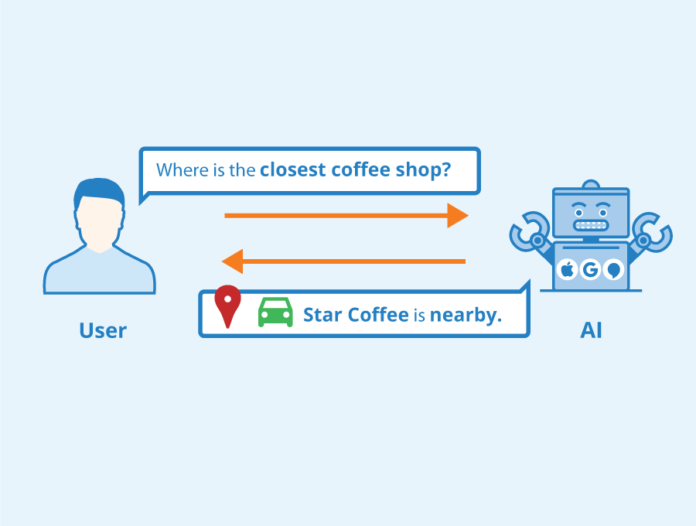Introduction to Natural Language Processing (NLP)
Natural Language Processing (NLP) is a branch of artificial intelligence that focuses on enabling computers to understand, interpret, and generate human language in a way that is both meaningful and contextually relevant. This article explores the fundamentals of NLP, its applications across various domains, and recent advancements in the field.
Foundations of NLP
Language Understanding and Generation
NLP algorithms process large amounts of natural language data, extract meaning, identify patterns, and generate responses that mimic human communication. Key tasks include text classification, sentiment analysis, machine translation, and speech recognition, among others.
Applications of NLP
Sentiment Analysis and Opinion Mining
One of the prominent applications of NLP is sentiment analysis, which involves identifying and categorizing opinions expressed in text. Businesses use sentiment analysis to gauge customer feedback, monitor brand reputation, and make data-driven decisions based on customer sentiment.
Machine Translation and Multilingual Communication
NLP facilitates machine translation systems that automatically translate text from one language to another. Advanced models like Google Translate and DeepL employ neural network architectures to improve translation accuracy and fluency across multiple languages.
Recent Advancements in NLP
Transformer Models and Bidirectional Context
Recent advancements in NLP are dominated by transformer models like BERT (Bidirectional Encoder Representations from Transformers) and GPT (Generative Pre-trained Transformer). These models leverage large-scale datasets and self-supervised learning to achieve state-of-the-art performance in various NLP tasks, including question-answering, text summarization, and dialogue generation.
Transfer Learning and Fine-tuning
Transfer learning has revolutionized NLP by enabling models trained on vast datasets (pre-trained models) to be fine-tuned on specific tasks with smaller datasets. This approach reduces the need for extensive labeled data and accelerates model deployment in real-world applications.
Future Directions of NLP
Contextual Understanding and Conversational AI
The future of NLP is focused on improving contextual understanding and developing more sophisticated conversational AI systems. Researchers are exploring ways to enhance models’ ability to comprehend nuances in human language, handle multi-turn dialogue, and exhibit empathy and reasoning capabilities.
Ethical Considerations and Bias Mitigation
As NLP technologies become more pervasive, addressing ethical considerations such as bias in training data and model outputs is crucial. Efforts are underway to develop fairness metrics, interpretability tools, and guidelines for responsible deployment of NLP systems.
Conclusion
Natural Language Processing (NLP) plays a pivotal role in bridging the gap between human communication and artificial intelligence. By enabling computers to understand and process human language, NLP unlocks a myriad of applications across industries, from healthcare and finance to education and customer service. As advancements continue to unfold, the potential for NLP to revolutionize how we interact with technology and each other remains limitless.





